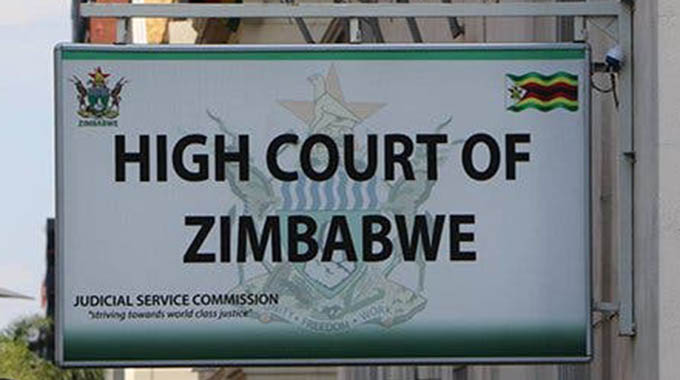300 solar users feed energy back into grid

Trust Freddy-Herald Correspondent
NEARLY 300 households and businesses with solar power are collectively feeding over 20MW during the day into the national grid as implementation of the net metering system begins to bear fruit.
Net metering is a system that allows solar energy system owners to sell excess electricity they produce, such as quite often happens in the middle of the day, to the national grid and get credit for it.
They then buy electricity from the grid at night and only pay the net balance.
This two-way system allows for more efficient use of renewable energy resources, as households and businesses can both contribute to and benefit from the national grid.
Zesa stakeholder relations, communications and welfare manager Dr George Manyaya said there had been noticeable interest in the programme since its inception in 2019 during the Covid-19 pandemic.
“The response has greatly increased after the net metering promotion announcement last quarter. Since the announcement in March, in excess of 5MW of applications have already been received.
“The net metering threshold was at 100kW as regulated in the Electricity Net Metering SI 86 of 2018 and increased to 5MW in SI 38 of 2022.
“This resulted in increased registration in the programme,” Dr Manyaya said.
By selling their surplus energy during the day and buying back power from ZETDC when needed, these proactive individuals were not only reducing their energy bills but also
helping to alleviate the strain on the national grid, particularly during peak consumption periods.
Dr Manyaya said there had been growth in non-domestic clients fol- lowing the increase in the net metering threshold.
“We have 299 registered clients as of April 4, 2024…100 domestic and 199 commercial. So far, 21,3MW is registered to date, reducing demand from the ZETDC grid by 21,3MW,” Dr Manyaya said.
Zesa had registered and commissioned seven schools that are now benefiting from the net metering programme.
Those with solar power, a grid- tied inverter and a smart meter can sell electricity into the grid in return for electricity credits they use when they do not have sufficient renewable supply.
Any existing customer with a grid- tied solar system, up to their rated power from ZETDC, qualifies for net metering and can apply to connect to the grid.
However, Dr Manyaya said they were overwhelmed with a number of domestic clients that have off-grid solar systems eager to sign up for the project.
“There is a large number of domestic clients that have off-grid solar systems which are not suitable for net meter- ing as it requires hybrid or grid-tied inverters to be able to export power into the grid.”
Places like universities and schools with solar installations are encouraged to apply for net metering so they can sell at weekends and during school holidays and cut their bills at other times.
To participate in this programme, anyone who is willing can contact their nearest ZETDC client service centre.











Comments